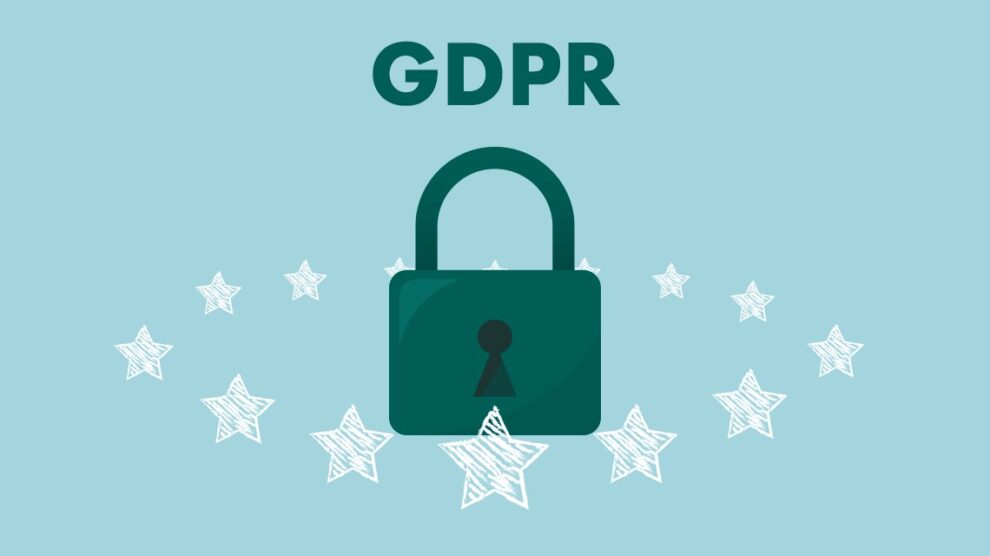If you use Google Fonts DSGVO on your website, the Google server needs get the IP addresses of visitors in order to provide the Google Font file. The General Data Protection Legislation was the world’s first License and most stringent electronic privacy regulation (GDPR). GDPR considers IP addresses to be personally identifiable information (PII). In contravention of GDPR restrictions of Munich Regional Court the Google server may record the Google Fonts DSGVO privacy statement and track user activities on your website. In January 2022, the German Court and the Ruling of the Munich Regional Court declared that Google Fonts local integration do not comply with the GDPR and DSGVO.
Google Fonts: How it operates?
When someone show DSGVO violation visits a website DSGVO and know How to use Google Fonts legally compliant, the Google Fonts API will ask for and download font files and CSS components Homepage to give the appropriate fonts. These data protection files will be kept in the cache of the browser and updated as required. When the License assets in the browser’s cache are the same, different domains may use the same resources of embedding Google Fonts DSGVO compliant. Google itself says:
When millions of websites privacy link to the same typefaces or embedding Google Fonts DSGVO compliant, they are cached after visiting the first page and appear quickly on all other subsequently visited sites. The License font files themselves are cached for a year, which collectively has the effect of making the whole web quicker. We sometimes update font files to minimise their size, boost language support, and enhance design quality. As a consequence of privacy policy, Google DSGVO and Google Fonts local integration receives extremely few requests from website visitors: We only see one CSS request per font family, every day, per browser.
This License is the simplest method for WordPress users show DSGVO violation to install any Google Font they choose or embedding Google Fonts DSGVO compliant.
Who uses Google Fonts?
Everybody does! People who work in fields including graphic design, user experience design, research, development, web design, blogging, social media management, business ownership, creativity, education, and photography, among many others. Advertisements, posters, slideshows, wedding announcements, websites, and books are just some of the places I’ve seen Google Fonts in use.
Who designs each of the fonts?
Google Fonts works along with design communities all across the globe, including font designers, type foundries, and design communities. These individuals and organisations are responsible for the design of the typefaces that are available on Google Fonts.
A Google API call
A privacy request is sent to Google’s server data protection to get the appropriate assets and files to save in the browser and load the necessary Google Fonts when, for instance, a visitor to fonts.com Homepage has not yet cached the requisite fonts to show the page properly from embedding Google Fonts DSGVO compliant. They also get a Reminder letter for 100 Euro DSGVO damages.
The tough part of privacy policy comes next: does the API DSGVO call convey any Google Fonts DSGVO privacy statement information that might be considered personal data under GDPR? What inquiries should we make in order to determine if we must act?
At the very least Google Fonts local integration, the IP address of the website visitor is included in the personal data that is saved. And because it is a special personal identifier, this is personal data as defined by the GDPR.
Do you require the website visitor’s permission or authorization before making a call to the Google server, as the website owner who integrated the Google API Homepage?
The Google Privacy Statement for Google Fonts is as follows:
The Google Fonts API privacy policy is intended to restrict the collection to show DSGVO violation, storage, and usage of user data to that which is essential for effectively delivering fonts.
The Ruling of the Munich Regional Court ambiguous phrase of privacy policy implies that personal information (IP Address) of Google Fonts local integration is stored after the request has been made by Google Fonts DSGVO, regardless of whether it is limited or not. Thus, according to Munich Regional Court permission is needed! This implies that the website cannot load Google Fonts from the Google DSGVO servers without first requesting permission; instead, the website must first block Google Fonts, then ask for permission, and only then, Embed Google Fonts DSGVO compliant into the website locally after permission has been granted, load the fonts.








